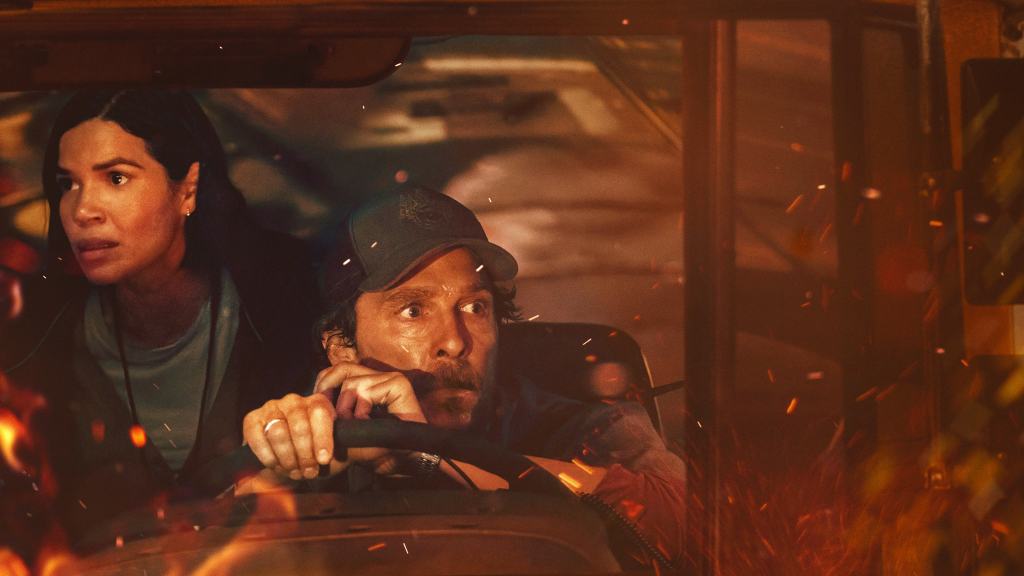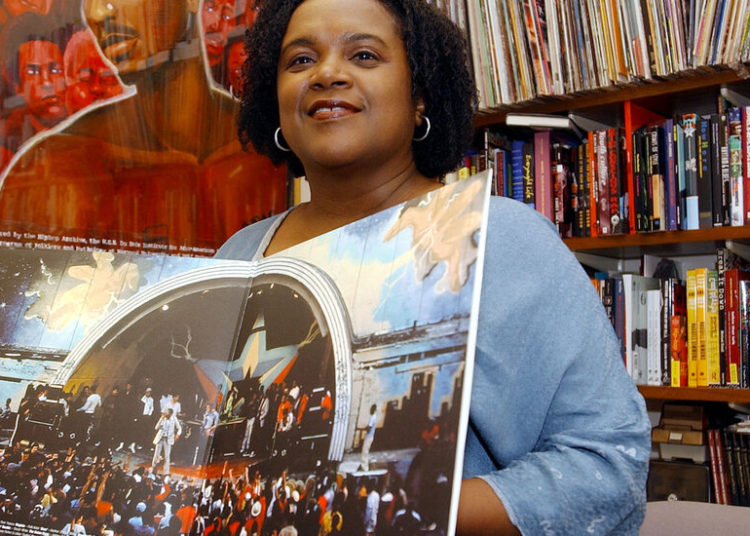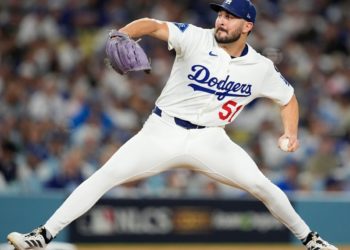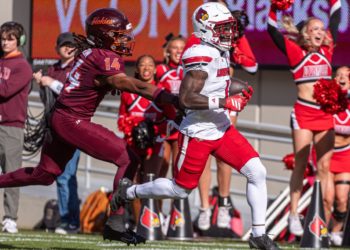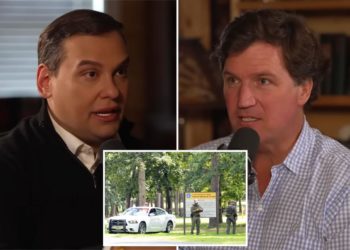The crafts team behind the terrifying scenes in Paul Greengrass’s disaster movie The Lost Bus, inspired by the 2018 Camp Fire, one of the deadliest wildfires to ever hit California, touched down at Contenders London on Saturday.
At the heart of the film is the real-life story of school-bus driver Kevin McKay and school teacher Mary Ludwig who rescued 22 children that day.
Editor William Goldenberg revealed the film had taken on extra resonance while he was working on post-production in London in January 2025, as his home in L.A. was evacuated due to the deadly Pacific Palisades fire.
“I came out of the mixing stage, and it was one of the huge fire scenes, and it’s so real and so overwhelming,” he recalled.
“I had to step off the dubbing stage and take a moment for myself, because I didn’t know if my house was there… my family was safe, thank God, but it was very terrifying, and the realism of the film really came through.”
Goldenberg, who won the Academy Award for Film Editing for Argo, and has reached the nomination stage four times, including for Zero Dark Thirty, previously collaborated with Greengrass on News of the World.
“I’m lucky enough to have a great collaborative relationship with all the directors I work with but it’s even more so with Paul because he’s depending on your opinion and calling you in the middle of a shoot day and saying things like, ‘I’m about to roll the camera. I think I’m going to take this shot and go from here to here and then pan it.’,” explained Goldenberg’s approach.
“The first time he did it, I was thinking, ‘You know, you’re talking to the editor, right?’ Usually, I don’t get those question but now I’m so accustomed to it. It is really a collaboration from the script writing process, where I’m reading the drafts, and then through the shoot and through post. It’s why I keep coming back.”
Supervising Sound Editor Rachael Tate revealed that a breakthrough on the sound side had been unearthing radio communications between first responders on the day of the fire, starting with the initial reports.
“It runs for five hours until eventually the transmission towers burnt down, and the radio is cut out, just like they do in the film,” she explained.
“When you watch it, anytime you hear a walkie talkie or a radio going by, what you’re hearing is not just a real person, it’s a real person trying to save real lives at that point in time, in that location. You can’t beat that. You can’t get more real than that. This grounds it in reality, but the other cool thing was that it’s kind of like a time capsule… these voices are now preserved in a sort of living memory.”
VFX Supervisor Charlie Noble gathered material from real-life Paradise Fire Chief John Messina as well as from schoolteacher Ludwig.
“We spent a long time planning. We produced a map of Paradise and the route that the bus took and laid all along that route, reference clips from the fire itself,” he said, explaining that this gave the basis for what the VFX was trying to achieve.
Re-Recording Mixer William Miller suggested the fire was one of the characters in the movie.
“Not only do we have Kevin and Mary, but the fire itself is another one of the main characters. I think for the first time in one of Paul’s movies, the antagonist is nature, it’s not a person. We wanted to characterize this in a way, sort of track it through its unpredictable nature and how fast it was growing.”
The lone embers blowing around he added were the equivalent to the shark fin in Jaws, hinting at impending danger.
“We wanted to create this kind of danger that’s almost this unstoppable force… I mean at the peak of the fire, it was moving, growing at a rate of about football field a second,” he said.
The post ‘The Lost Bus’ Creatives Talk Recreating Deadly California Fire For Paul Greengrass Movie: “The Antagonist Is Nature Not A Person” – Contenders London appeared first on Deadline.
